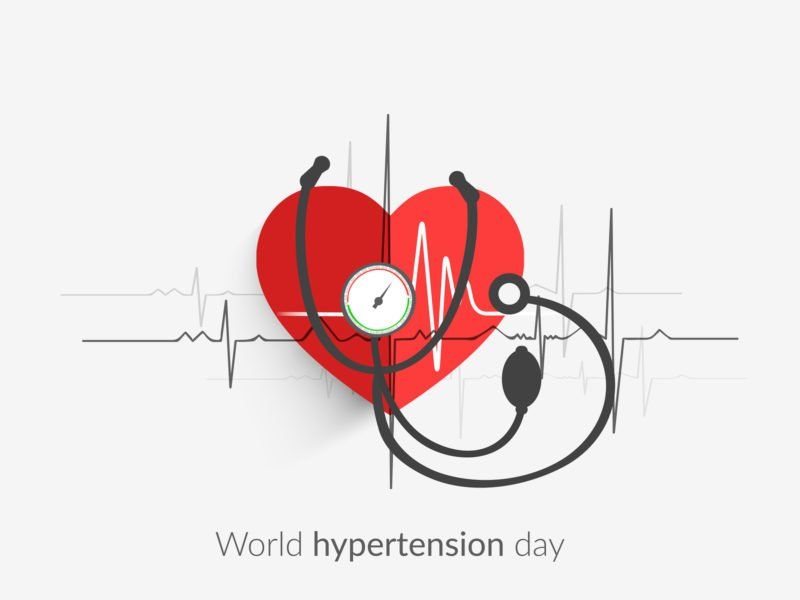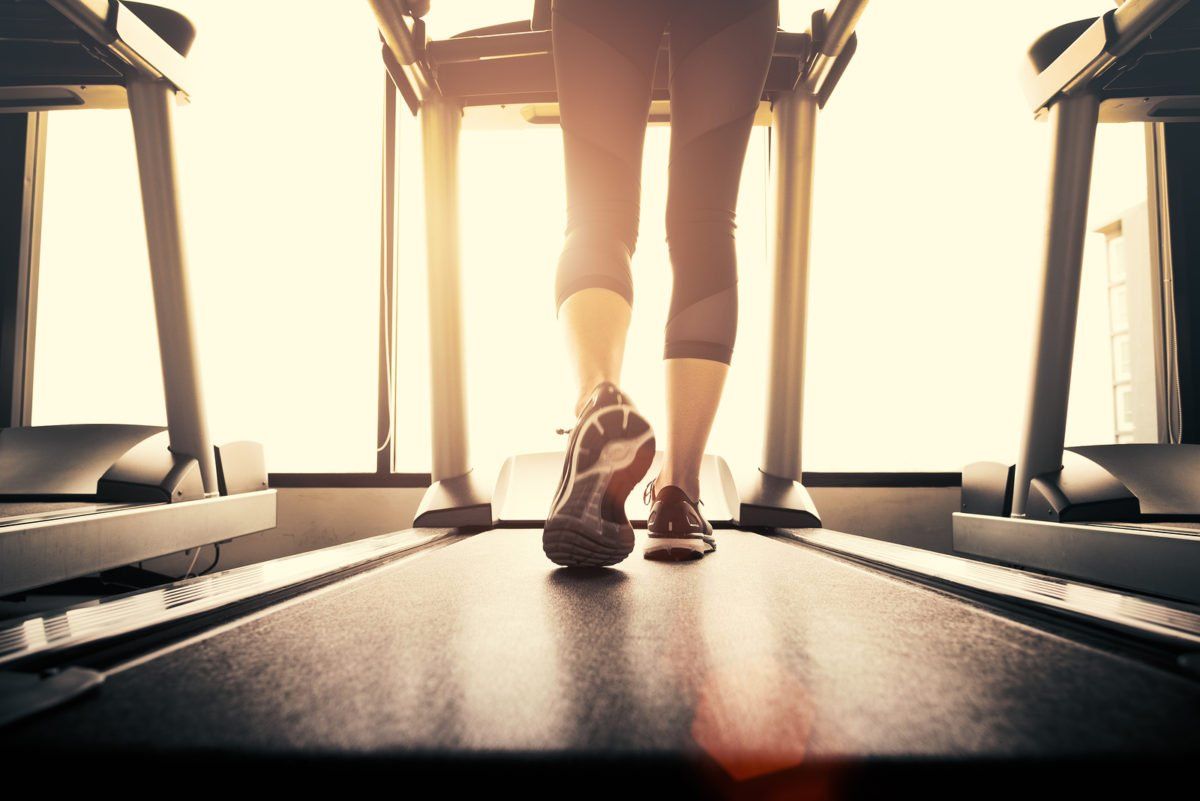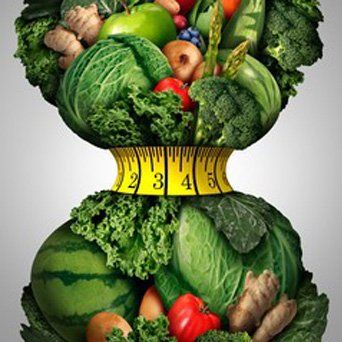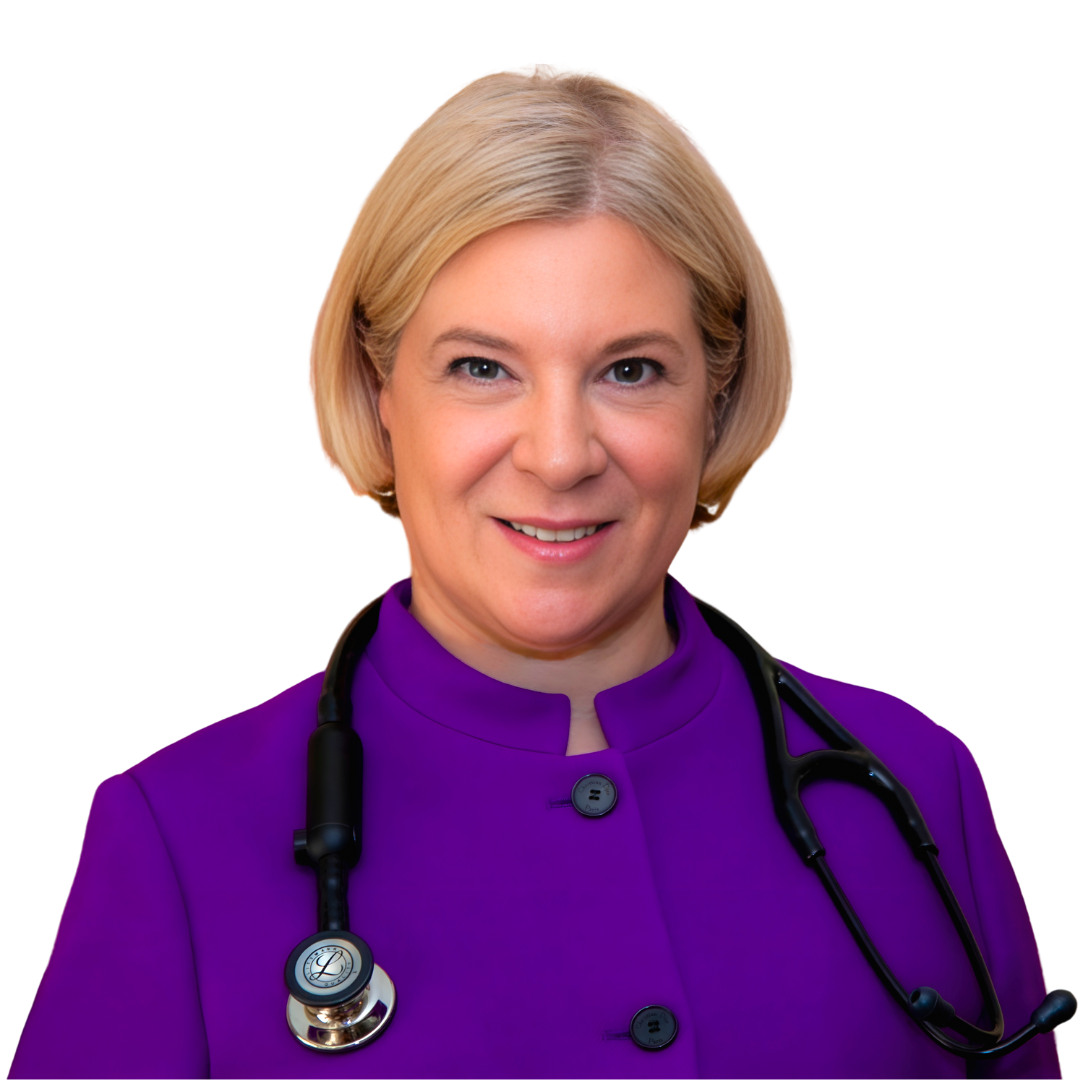Why Breakfast Still Matters
Why Breakfast Still Matters
Diet fads come and go, but the latest one could actually be dangerous to your health—intermittent fasting, usually expressed by skipping breakfast. I recently spoke on The Doctors to discuss this trend and how it affects your cardiovascular health.
There are many reasons that I favor a healthy breakfast, including:
- Studies show an association between skipping breakfast and obesity, thought to be linked to impulsive snacking during the day to slake hunger pains.
- Eating breakfast is the first step to planning a healthier lifestyle and making better choices.
- Eating more food earlier in the day when you’re most active is an excellent way to control weight. The old adage: eat breakfast like a king, lunch like a prince and dinner like a pauper, still has merit.
- Studies show that regularly eating a healthy breakfast helps schoolchildren do better on tests.
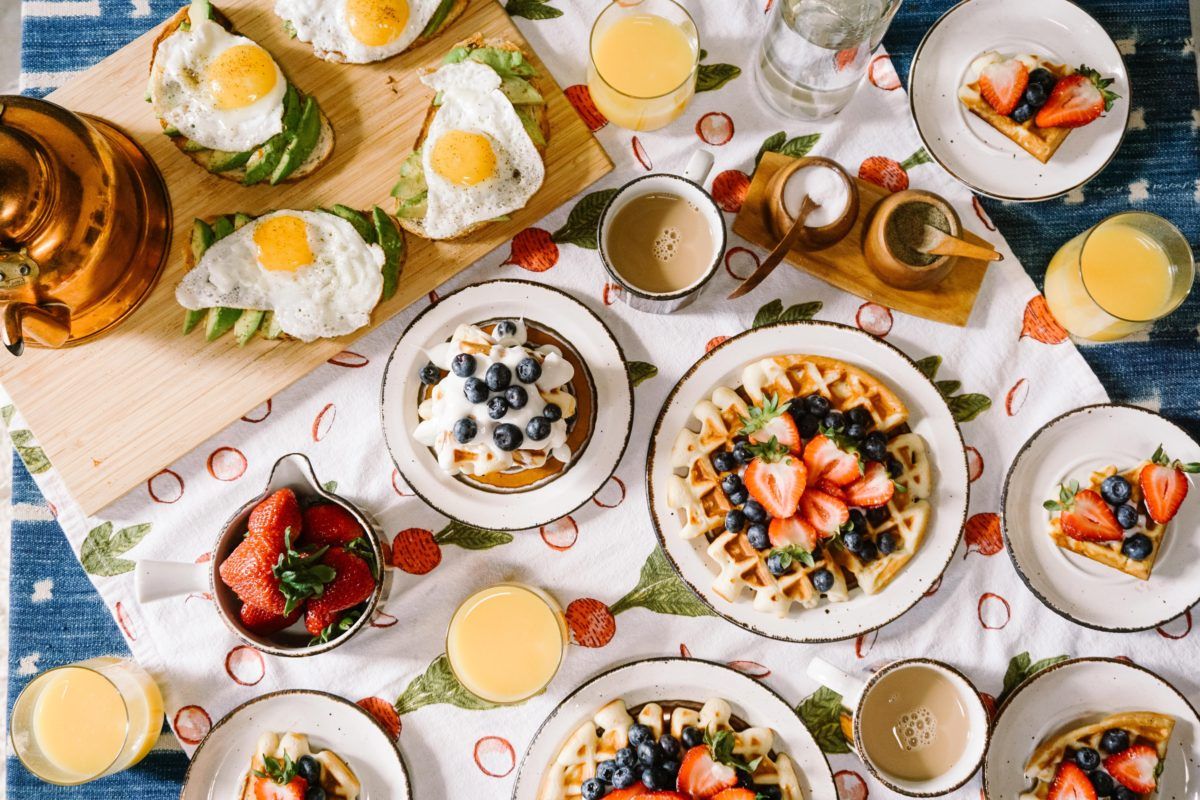
But can skipping breakfast actually be dangerous? As my colleague, nutritionist Robert Ferguson, pointed out on The Doctors, if you are one of the 1.5 million Americans who develop undiagnosed type 2 diabetes per year, fasts can cause low blood sugar, which in turn can lead to lightheadedness and even fainting. Since most people don’t think of skipping a meal as being in the same vein as starting a new diet, too few people will check with their doctor first. ALWAYS check with your doctor before fasting.
The key to making breakfast part of a healthy lifestyle is making wise food choices. For example, eating eggs for breakfast is fine for people with healthy cholesterol, but be careful about what you eat with them. Adding fried potatoes, fatty meats such as sausage or bacon, and toast with butter greatly increases the saturated fat and calories. Instead, how about trying the Middle Eastern dish of shakshuka—eggs poached in a sauce made from tomatoes, onions and peppers? Or take a page from the Pacific Northwest toast craze and top a slice of grilled sourdough with a poached egg, arugula and a dash of hot sauce. As long as you have something from each food group with your meal you can’t go wrong.
No time in the morning? Try one of these super easy, make-ahead breakfasts that you can take with you:
- Steel-cut oatmeal. You can make this in a slow-cooker, but for ultimate ease, add half-cup of oats to 2 cups of rapidly boiling water. Let boil for one minute and then put on the lid and take it off the heat. Allow it to sit overnight. In the morning pack up a few jars with the oats, milk of your choice, some fruit and perhaps a teaspoon of chopped nuts. Reheat in your office microwave.
- Refrigerator oats. This recipe is reminiscent of European museli. Add a half-cup of rolled oats to a pint jar along with a half-cup of low-sugar yogurt or kefir, and a half-cup of the milk of your choice. Kick it up with a half-cup of berries or diced fruit and a teaspoon of toasted nuts or seeds. Stir well and refrigerate overnight.
- Omelet muffins. Did you know you can make mini omelets in muffin tins? Beat eight eggs with 2 tablespoons of ice cold water. In the tins add some chopped veggies (bell peppers and asparagus are particularly good), a little baby spinach, maybe a teaspoon of low-fat cheese or chopped, cooked lean meat such as turkey. Pour the egg mixture evenly between the cups. Bake for 20 minutes at 350 degrees. When cool, pop two into a baggie and you’re good to go.
Try making a nutritious breakfast part of your healthy lifestyle. It can make the start of heart-healthy habits for 2018.

